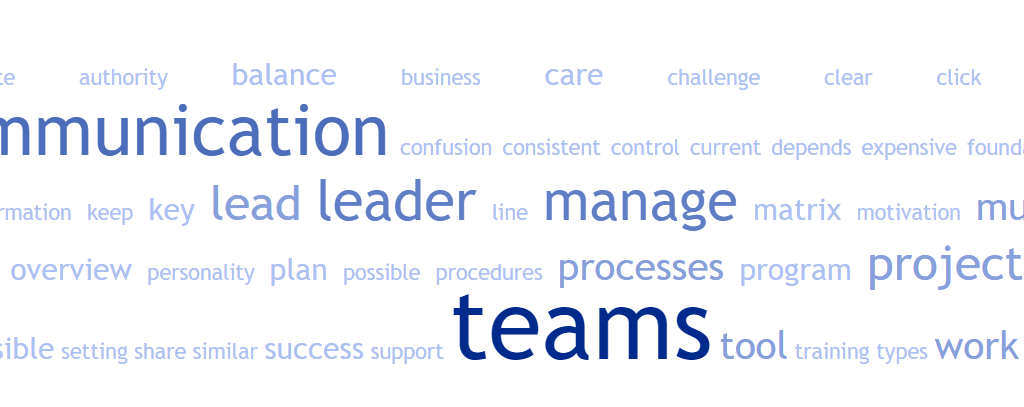Project managers and business owners often lead their teams with an overview and success to their goals. However, if your company, global reach and industries are expanding, it’s quite possible that old practices may not quite work.
So let’s take a look at how to lead multiple teams with peace of mind and comfort…
Know your multiple teams and take proper care of them
The alpha and omega of each team, which now pays as many times as the teams you care about. By knowing personality types, strengths and weaknesses, you can regulate communication and keep performance at the desired level along with a balance of motivational boundaries. Regular care should be sharing ideas and opinions, training, and also pushing out of the comfort zone.
Clarity
Setting a clear goal, a strategic plan to achieve it, together with the creation of basic rules, is an absolute and necessary basis. Most project managers know this and try to gradually build a kind of matrix that they fine-tune and apply to their projects and teams over time.
However, if there are more teams, this foundation is the key to success, survival and coexistence of individual teams, and its imperfection leads to confusion, delays, stress, loss of overview and control (not to mention business and health).
Communication and responsibilities
Establishing a clear communication matrix and line of authority. Who is responsible for what, who passes on information to whom and in what form so that it does not happen that you are unnecessarily bothered by trifles and overwhelmed with requirements that fall within the competence of the team leader three orders of magnitude lower. Yes, it is necessary to talk to team members, but to a reasonable extent, I sometimes recommend so-called office hours. Therefore, training and proper leadership of leaders at each level is also key, who will also be able to find ways to lead to manage the responsibility of team members for actions and misdeeds.
Communication is the basis of everything, and since the team is made up of people, you also need to count and prevent misunderstandings and conflicts (although the leaders of the individual parties should help you with this). You, as the “Commander-in-Chief”, must use your team leaders to find the most appropriate way and schedule for communication. Ideal for you is the unification of teams on one wave, one tool, a matrix that is applicable across all teams.
I hope I don’t need to remind you that part of every good corporate communication is constructive and honest feedback, motivation and support.

Use of appropriate tools and technologies
Today’s era abounds in a variety of technologies and programs to communicate, manage projects and share the work environment. It does not always have to be an expensive and sophisticated tailor-made solution, it depends on your technical prowess and symbiosis with you (you will use it never forget it).
What should the tool do? What information is key for you? Can you work with the program? Or even set it up? Do you have to do the whole realization yourself? What program can be used under already existing processes? These and other similar questions then help in the selection of suitable tools…
Consistency
Be consistent – arbitrary changes in plans, dis communication, or lack of communication only cause confusion and chaos. By setting the right processes, communication matrices, and lines of authority (see above), you can more easily identify high-quality and strong strategies and procedures to lead multiple teams.
Not all teams can be led as through a photocopier, not all projects are the same.
As a good leader, you plan wisely and self-critically consider whether you have enough control over the transition between teams, you understand that every team is different, even if you try to keep the foundations similar. Do not juggle. Know the challenges and the current status of what the teams are working on. But beware! This is not micromanagement, as it itself is contrary to the possibility of managing one let alone multiple teams.
A system set up to allow you to have an overview of current events (numbers) with one click is one of the things that allow you to successfully manage multiple teams. But. It’s also not just about expensive software that can do magic, it’s about processes and procedures that ensure that you have something to look at after that “one-click” (you didn’t have a blank spreadsheet).
You are faced with a challenge worthy of a true leader.
Team performance depends on the right balance.
- Processes
- Communication
- Personality types
- Knowledge and know how
And it is up to you, the most important point of reference, to decide what to support when and how
A successful team is a group of many hands and one mind.
Bill Bethel



Add a Comment